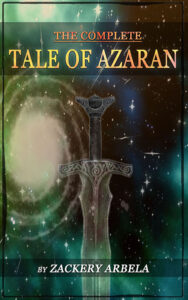
Imagine if you will the Lord of the Rings without Middle Earth, with Frodo/s quest taking place instead in a modern-day suburb (with the local Walmart or sewage treatment plant taking the place of Mount Doom.) It doesn’t really work, except perhaps as an experimental literary novel. But it wouldn’t be fantasy, because the setting isn’t there.
One of the things that sets the fantasy and other speculative fiction genres apart is the reliance on the setting. World building is as much a part of the writers tool kit as plotting, grammar and characterization. Lord of the Rings is a hiking story without Middle Earth, Dune without Arrakis is a desert ecology text book, Game of Thrones without Westeros is a very grim soap opera. In fantasy especially, the setting is a character in its own right…and therein lies the problem.
If done wrong, it can overwhelm the rest of the story. There was one book I read a while back (don’t remember the name…) which seemed less a story than a geography lesson about that a place that didn’t exist. The first fifteen pages of the story consisted of long winded descriptions of mountains and deserts and forests and so on and so forth, all tied to a a map at the front that spanned several pages. It was a well done and somewhat interesting…but it overshadowed the story. The world building was more important than the plot, which ruined the whole tale. If you consider the truly great fantasy stories, plot and setting are balanced, plot weaves through the setting, the setting through the plot. Middle Earth does not overwhelm Lord of the Rings, but instead binds it together, like mortar for the bricks of the plot.
Just my two cents on the matter…but it was something I kept in my with my upcoming, the tale of Azaran, the two books of which will be available February 19th. World building and plot are balanced together. Or at least I hope they are, though you the reader will be the ultimate judge (The covers were another matter…you do the best you can when working on a budget…)
